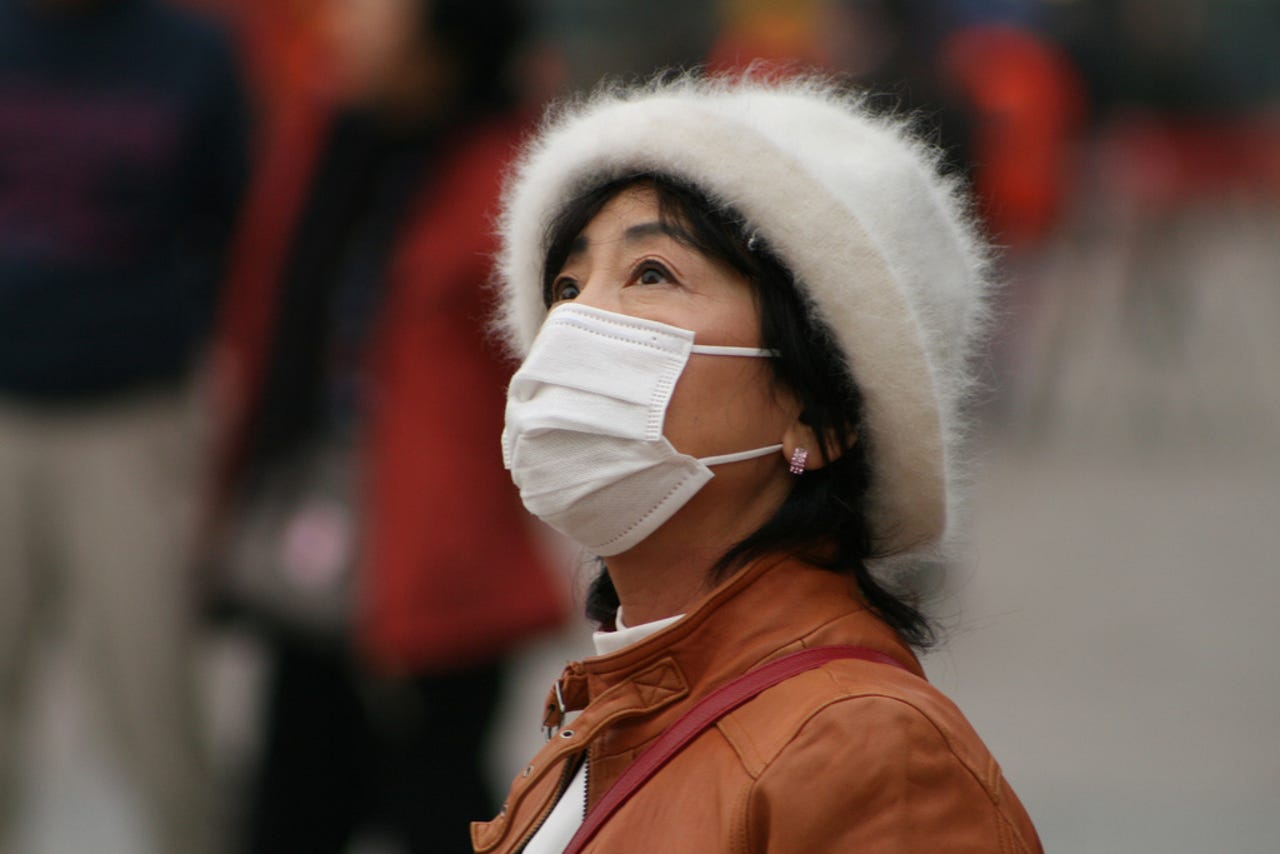Innovation
China's using a supercomputer to predict dangerous smog
China's pulling out the big computer to better forecast smoggy days.


Following days of widespread smog emergencies in more than 100 Chinese cities, China is calling on Tianhe-1A -- which held the title of world's fastest supercomputer from November 2010 to June 2011 -- to more accurately predict future smog levels and better forecast when smog emergencies will hit.
A simulation model will be set up using Tianhe-1A and will pull data from environmental monitoring spots in 114 cities.
Unfortunately, for Chinese sucking in dangerous pollution daily, the model isn't expected to be ready for another three to five years. But when it is ready it will expand on the "remarkable achievement [that] has been made in the fields of aerospace, weather forecasts, climate prediction and ocean environment simulation since the Tianhe-1A was put into operation three years ago," according to Chinese state-media Xinhua.
That's not to say that better forecasting will do much to lighten the color on those ubiquitous face masks. Only making a dramatic cut in coal use would really start to do the trick. But it's not like China seems to be in any hurry to cut through the smog. As the government newspaper Global Times said recently: "Smog may affect people’s health and daily lives … but on the battlefield, it can serve as a defensive advantage in military operations."
Does that mean that this supercomputer forecasting news is really just news of one big military operation?
[hat tip Tech in Asia]
Photo: Flickr/Nicolò Lazzati
This post was originally published on Smartplanet.com